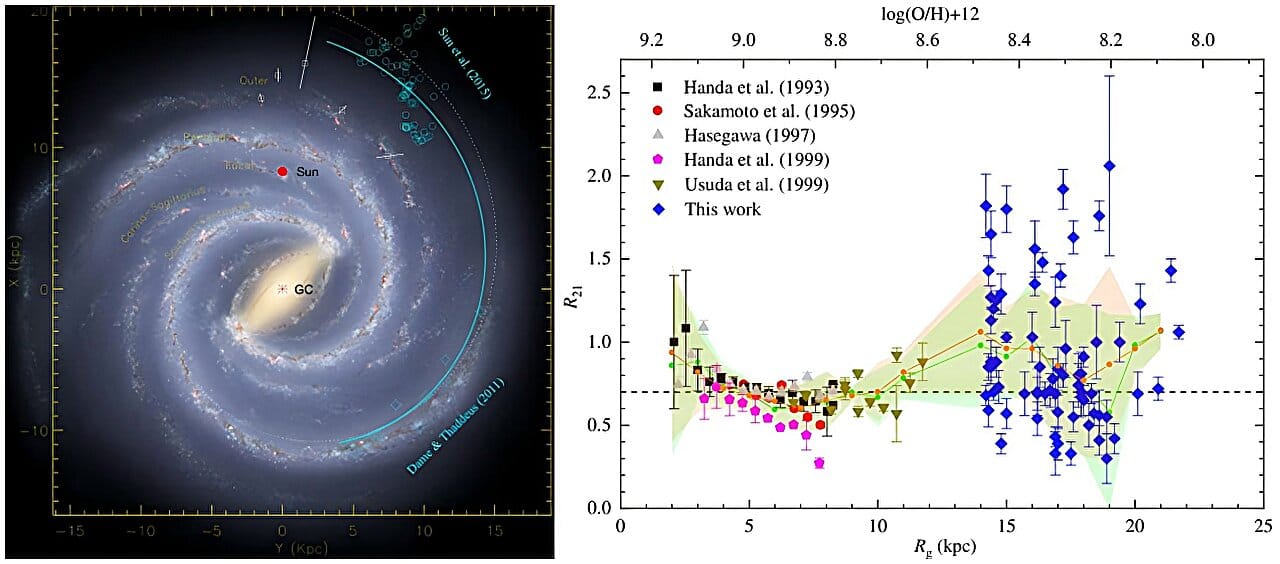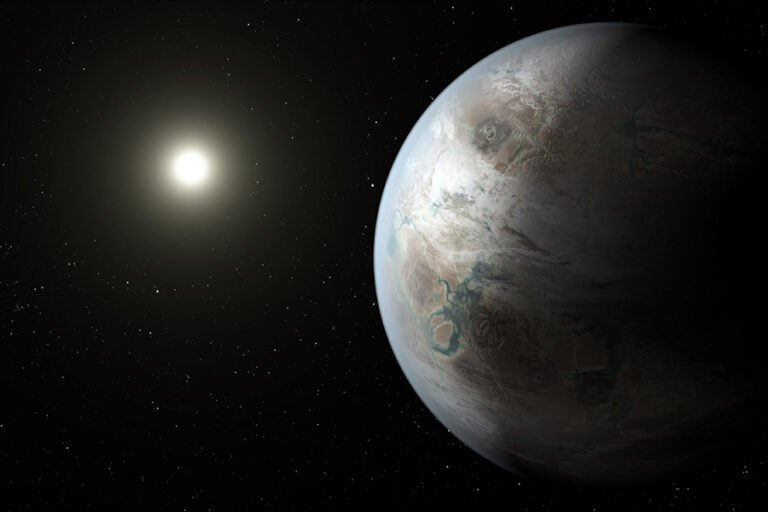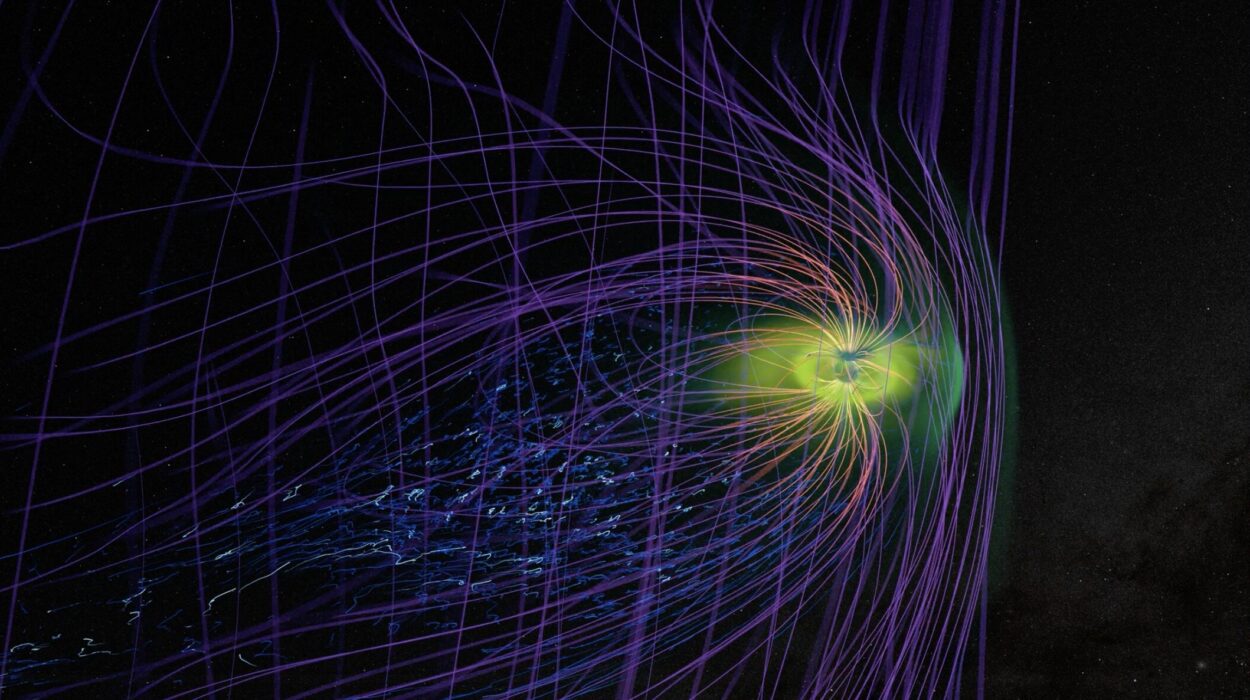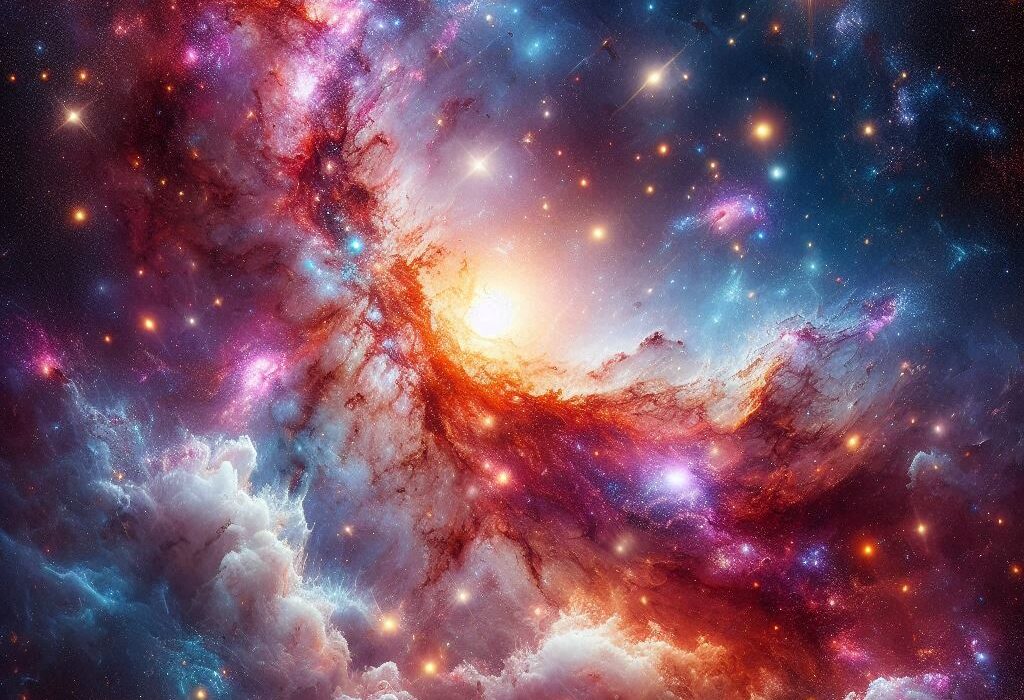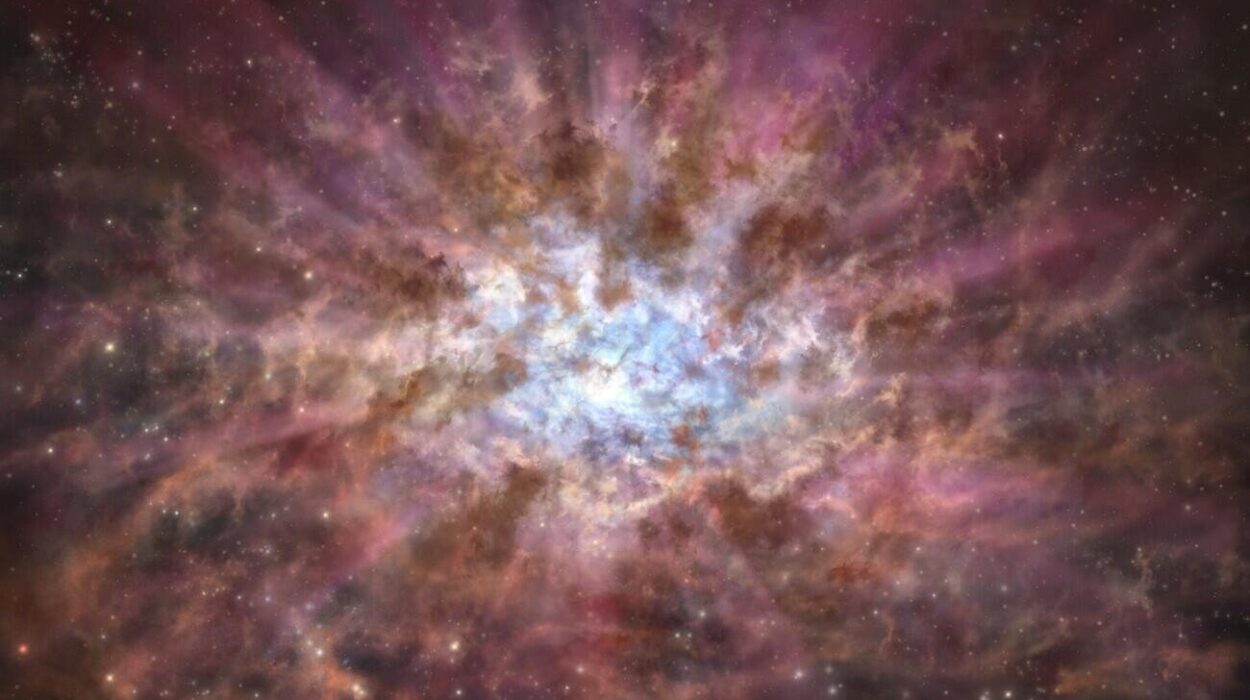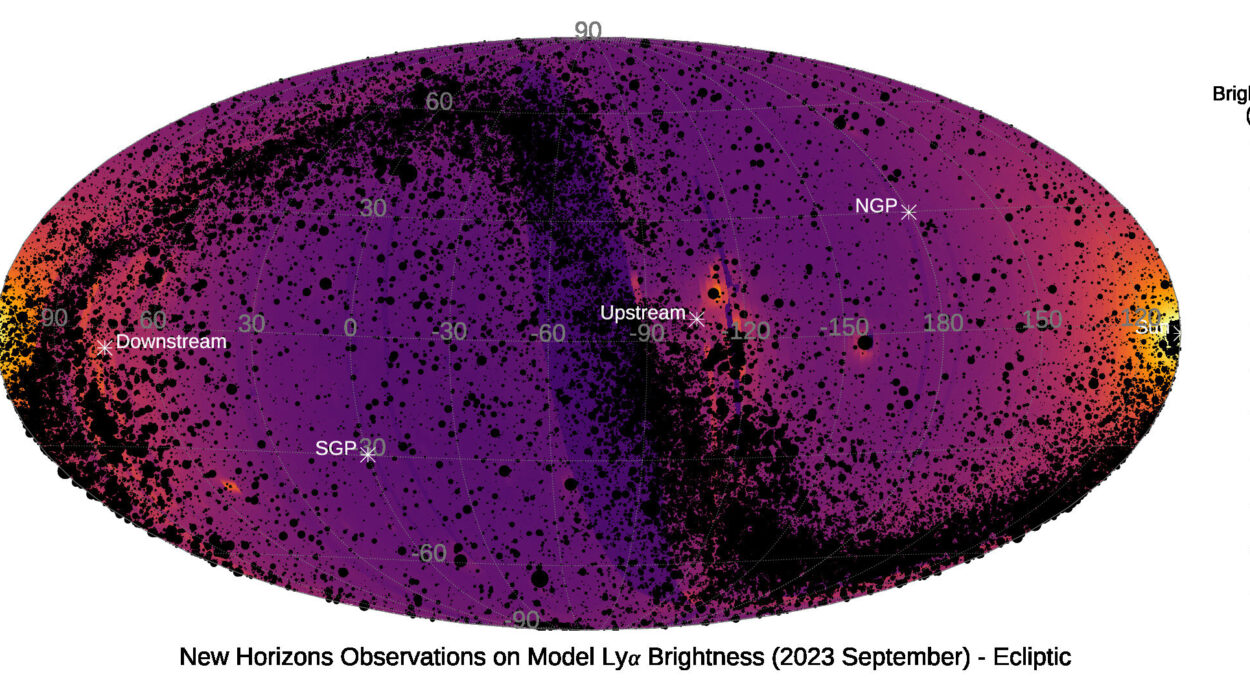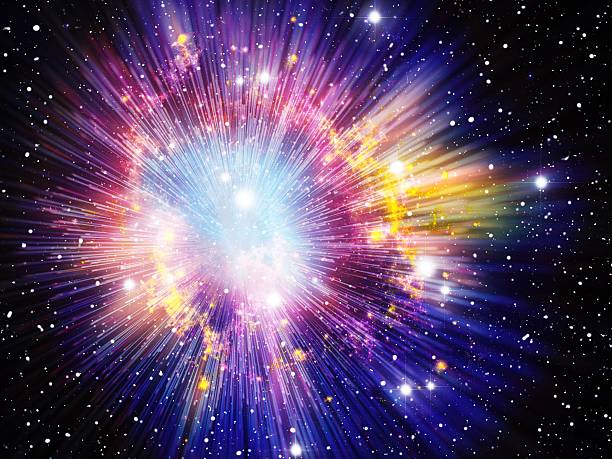Far from the blazing heart of our Milky Way galaxy lies a cold, quiet frontier. These remote outer regions—spanning 14 to 22 kiloparsecs from the galactic center—are often overlooked in the grand narrative of cosmic evolution. Yet they may hold the key to understanding how stars are born in some of the most extreme and ancient environments in the universe.
In a groundbreaking study published in Astronomy and Astrophysics, a team of astronomers from the Xinjiang Astronomical Observatory (XAO) of the Chinese Academy of Sciences has peeled back the veil on these distant cosmic nurseries. Using the powerful IRAM 30-meter telescope in Spain and data from the “Milky Way Imaging Scroll Painting” project at the Purple Mountain Observatory, the researchers have for the first time systematically mapped molecular clouds on the galactic fringe—and what they found is both scientifically surprising and cosmically profound.
A Laboratory Unlike Any Other
The outskirts of the Milky Way are a vastly different environment compared to the bustling neighborhoods closer to Earth. Here, the molecular gas that fuels star formation is thin and metal-poor, bathed in silence rather than disrupted by the gravitational chaos of spiral arms. This simplicity, rather than being a drawback, provides a rare astrophysical laboratory—a natural control group where scientists can isolate the raw physics of how stars are born.
“These regions offer a unique chance to examine how molecular clouds behave when stripped of many of the factors that influence star formation in the inner galaxy,” explains Dr. Yingjie Li, one of the lead authors of the study. “We can begin to understand star formation in its most primitive and undisturbed form.”
The low metallicity—meaning the gas contains fewer heavy elements than what we find closer to home—is especially important. Heavy elements are forged in stars and spewed into space through supernovae. In younger, more evolved galaxies, like the one we live in, the interstellar medium is relatively enriched with these elements. But the galactic edge is more like stepping back in time, to the conditions that might have prevailed in the early universe.
A Surprising Molecular Signature
One of the key findings from the study centers on a molecular fingerprint known as the CO (2–1)/(1–0) line ratio, or R21. This ratio tells astronomers how excited the carbon monoxide molecules are in a cloud, offering clues about the cloud’s temperature, density, and internal energy dynamics.
To their surprise, the researchers found that the average R21 ratio in these distant molecular clouds is significantly higher than what is typically seen in the inner Milky Way or in molecular clouds near the solar system.
“This is a stunning discovery,” says Dr. Li. “We expected these outer clouds to be quieter and colder, but the elevated R21 ratio suggests that something more energetic is going on.”
Interestingly, this elevated ratio is not uniform. The R21 values vary widely across the clouds—showing what scientists refer to as a high degree of spatial dispersion. This variability points to a complex and dynamic environment, even in these seemingly desolate galactic suburbs.
Metal-Poor, Yet Star-Forming
The elevated R21 ratio has previously been observed in low-metallicity galaxies outside the Milky Way, such as the Large and Small Magellanic Clouds. These galaxies are thought to mirror conditions of the early universe, where fewer heavy elements existed. The fact that similar conditions exist at the Milky Way’s edge opens up an extraordinary opportunity: to study primitive star formation processes right in our cosmic backyard.
But the most exciting finding was yet to come. When the team compared the R21 data with observations of dense clumps within the molecular clouds—regions where stars are actively forming—they discovered a significant spatial correlation. Wherever the R21 ratio peaked, dense clumps and star formation activity were close behind.
This indicates that the elevated R21 is not just a quirk of metal-poor chemistry—it may be a direct marker of active star formation under low-metallicity conditions.
A New Lens on the Early Universe
Why does this matter? Because the conditions in these remote clouds may closely resemble the environments in the early universe, when the first stars and galaxies were forming from pristine hydrogen and helium gas. The absence of heavy metals means we are seeing the physics of star formation in its most fundamental form, unclouded by billions of years of chemical evolution.
“This kind of research helps bridge the gap between what we observe locally and what we infer about the early cosmos,” says Professor Mei Fang, a co-author on the study. “It allows us to calibrate our models and simulations of the early universe with actual, observable data.”
It also means that the outer regions of the Milky Way are far from being cosmic wastelands. On the contrary, they may be thriving laboratories of early-type star formation—subtle, slow-burning, but scientifically invaluable.
The Power of International Collaboration
This work also highlights the increasingly global nature of cutting-edge astronomy. The study combined data from the IRAM 30-meter telescope—a European facility perched on a mountaintop in Spain—with observations from the Chinese “Milky Way Imaging Scroll Painting” project, an ambitious long-term survey of our galaxy’s molecular structure.
The collaboration represents the fusion of technological precision and scientific vision across continents. It’s a sign of what modern astronomy is becoming: a unified, planetary effort to understand our place in the cosmos.
The Road Ahead: Mapping the Unseen
The findings are only the beginning. Now that these clouds have been observed in such detail, new questions arise. What mechanisms drive the elevated R21 ratio in these environments? Are cosmic rays or weak magnetic fields playing a role? Could these conditions inform our understanding of starburst galaxies or early galactic cores?
Future telescopes—like the upcoming Square Kilometre Array (SKA) and the James Webb Space Telescope (JWST)—could provide deeper insights by probing the dust, magnetic fields, and chemistry of these remote regions. The goal is not just to catalog clouds, but to understand the full lifecycle of stars born in environments once thought too poor or too remote to matter.
Rewriting the Edges of Our Galaxy
For decades, astronomers have focused on the bright, busy inner Milky Way: the spiral arms, the bustling star-forming regions, the galactic core. But this study reminds us that the edges of our galaxy—cold, quiet, and nearly invisible—may hold some of the most important clues to our cosmic origins.
By revealing that molecular clouds on the galactic edge are more active, dynamic, and scientifically rich than previously imagined, the researchers have opened a new chapter in our understanding of galactic evolution and star formation under metal-poor conditions.
In the vast, dark outskirts of the Milky Way, where stars flicker like whispers and time stretches longer than we can fathom, the universe has been writing its secrets in molecular code. Now, at last, we are learning to read them.
More information: C. S. Luo et al, Molecular clouds at the edge of the Galaxy, Astronomy & Astrophysics (2025). DOI: 10.1051/0004-6361/202453007
